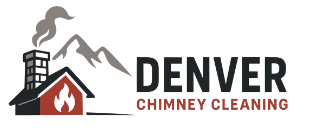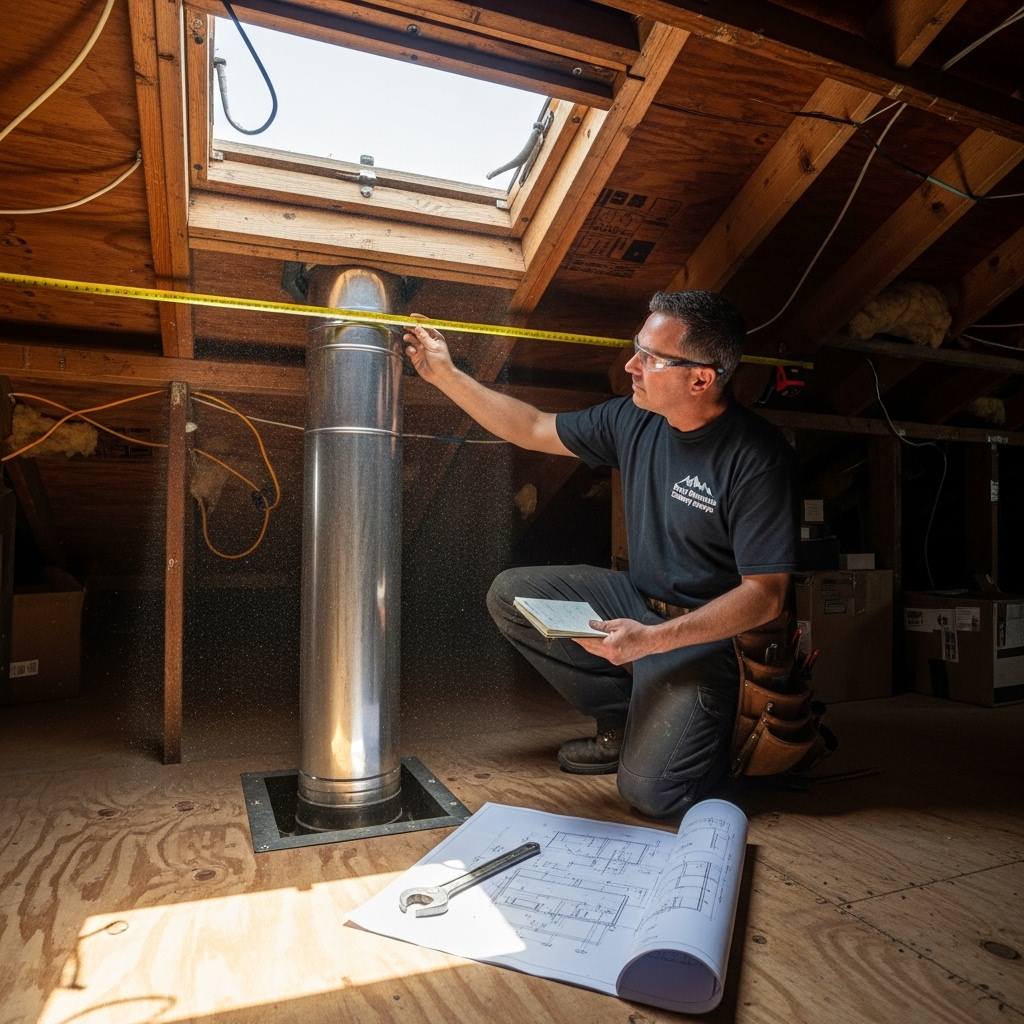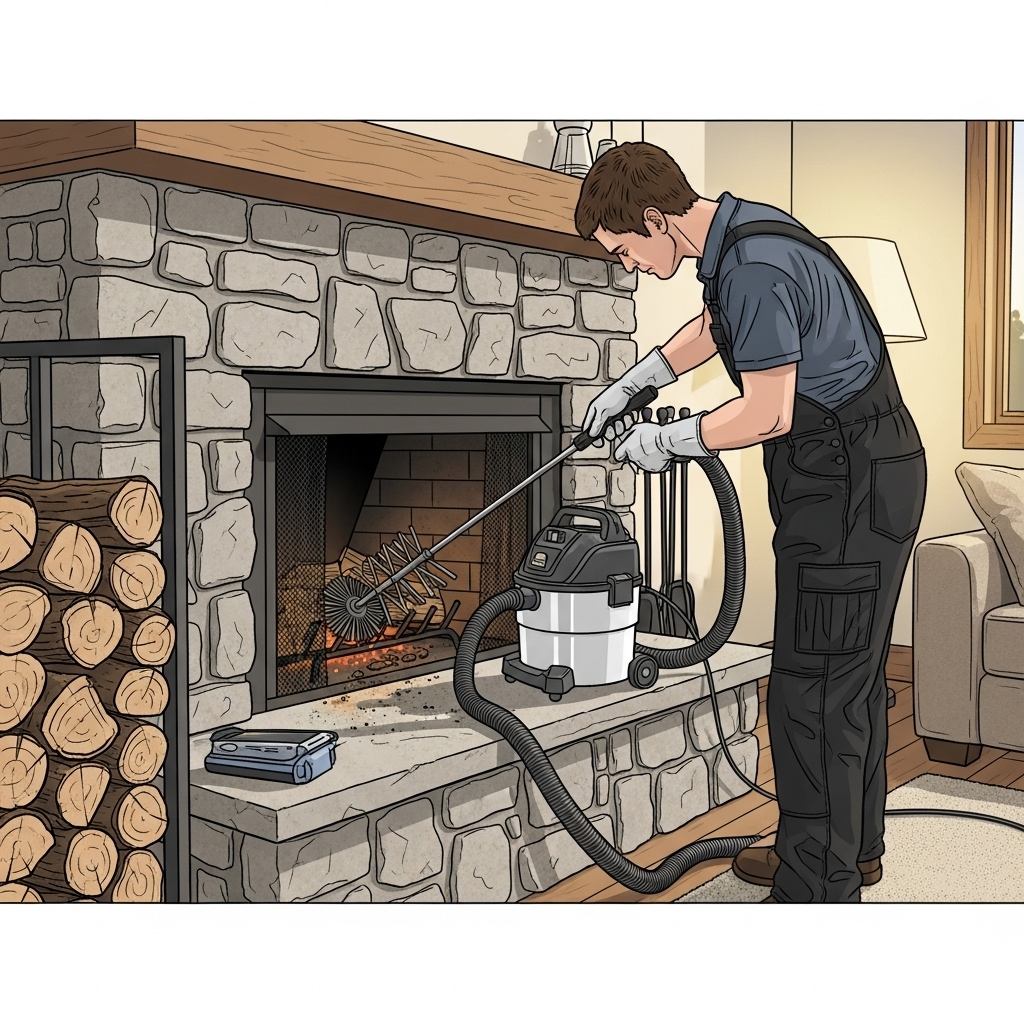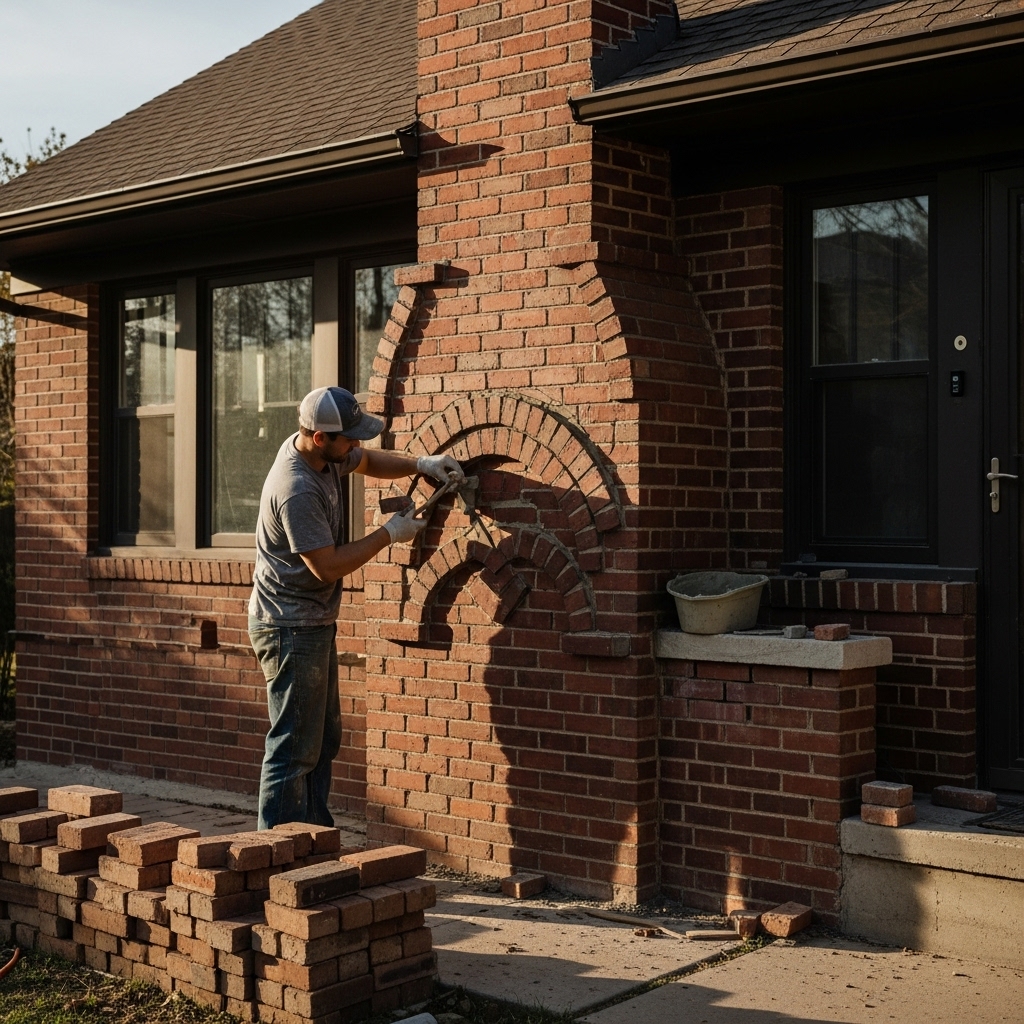Chimney Inspection Requirements in Colorado: Codes and Safety Essentials
Colorado’s spectacular seasons and diverse terrain make fireplaces and stoves a valued part of many homes. Alongside that comfort comes responsibility: chimneys must safely manage heat and combustion byproducts while withstanding sun, wind, and freeze‑thaw cycles. Understanding inspection requirements through the lenses of codes, standards, and local enforcement helps you operate your system with confidence. This guide explains the role of industry standards, the differences among inspection levels, and the state‑specific factors that often shape recommendations. If you are arranging an appointment, it is helpful to consult local chimney inspection services that work daily with Colorado’s permitting authorities and environmental realities.
While individual jurisdictions adopt and amend building codes on their own schedules, the broad goals are consistent: protect life and property, confirm adequate clearances, ensure proper venting, and document conditions so owners and buyers can make informed decisions. An inspection translates those goals into a snapshot of your system’s current state and outlines steps to maintain safe performance.
Standards and Inspection Levels
Industry practice commonly organizes inspections into three levels. The basic level focuses on readily accessible portions of the chimney, the firebox or appliance, and the connection points, often supplemented by camera views inside the flue. A more detailed level extends to accessible areas in attics, crawl spaces, and basements, and evaluates the system when changes have occurred, such as fuel type conversions or property transfers. The most comprehensive level is reserved for situations where hazards are suspected and may require accessing concealed areas to examine damage or clearance violations. Your inspector should recommend the level that matches your circumstances, explain the rationale, and document any limitations encountered during the visit.
Colorado’s Local Adoption and Enforcement
Colorado does not have a single, statewide building department; cities and counties adopt and enforce codes independently. As a result, details like clearance requirements for certain appliances, documentation for relining, or thresholds for permits may vary slightly by jurisdiction. A locally active provider can clarify the expectations in your area and ensure that inspection findings translate into compliant repair plans where needed. In mountain towns with high snowfall and wind exposure, inspectors often emphasize structural bracing and termination height. Along the Front Range, hail and intense sunshine drive attention to caps, chase covers, and sealants.
Clearances to Combustibles
One of the most critical safety requirements is adequate clearance between hot components and combustible materials. Inspections verify these distances at the firebox opening, around connector pipes, at pass‑throughs, and where the chimney intersects framing in attics or chases. Older homes and remodeled spaces sometimes conceal clearance deficiencies behind finishes. When a more detailed level is appropriate, the inspector will look for evidence of heat impact and recommend corrective measures if clearances fall short of accepted guidelines.
Chimney Liners and Continuity
Safe venting relies on a continuous, appropriately sized liner that withstands heat and corrosive byproducts. Inspections check for cracks, gaps, missing mortar at tile joints, corrosion on metal liners, and inconsistent diameters. Relining is a common recommendation when discontinuities are found or when a fuel change requires a different liner type or size. A clear report will document the existing condition with photos and explain options for bringing the system into alignment with prevailing standards.
Terminations, Caps, and Spark Arrestors
At the top of the system, terminations must meet height and location rules that support proper draft and reduce the risk of embers igniting nearby materials. Colorado’s wildfire‑exposed regions make properly sized spark arrestor screens particularly important. Inspectors evaluate cap condition, secure attachment, and screen integrity. They also review how wind patterns and roof geometry could influence performance, especially in areas known for strong gusts.
Weatherproofing and Structural Integrity
Freeze‑thaw cycles are tough on masonry and sealants. Inspections look for crown cracks, chase cover rust, open mortar joints, and flashing gaps that allow water into the system. Moisture can lead to spalling brick faces, efflorescence, and corrosion of metal components. Early identification and weatherproofing prevent small defects from becoming larger structural concerns. For factory‑built chimneys, inspectors also verify that support brackets and firestops remain intact and that components are assembled according to their listing.
Appliance‑Specific Requirements
Wood‑burning fireplaces and stoves generate creosote and require attention to smoke chamber geometry, damper function, and liner continuity. Gas appliances emphasize sealed connections, proper vent sizing, and correct termination components. Pellet systems depend on tight joints and terminations that resist wind‑driven backdrafts. Inspections evaluate whether the installation aligns with the manufacturer’s instructions and local code amendments, both of which carry significant weight in determining compliance.
Carbon Monoxide and Indoor Air Quality
Inspections consider not only the chimney but also the broader indoor environment. Adequate combustion air, proper make‑up air strategies in tight homes, and functioning carbon monoxide alarms all contribute to safety. Symptoms such as lingering odors, headache during operation, or soot staining near grills or louvers warrant immediate attention and a comprehensive review of venting paths and seals. The goal is to ensure that combustion byproducts leave the home reliably under varied weather conditions.
Real Estate Transactions and Documentation
For buyers and sellers, a clear inspection report offers transparency and supports informed negotiations. The document should summarize the system’s readiness for use, identify any safety concerns, and outline recommended improvements. Photos of key components and any deficiencies help all parties understand the scope. In some cases, a more comprehensive inspection level is advisable to reduce surprises after closing, especially in older homes or those with multiple remodels.
When to Elevate the Inspection Level
Certain triggers suggest moving beyond a basic review: a history of chimney fire, evidence of water intrusion, visible structural movement, a change in fuel type, or plans to install a new insert or stove. Elevating the inspection level before a project begins helps align the design with code expectations and prevents costly rework later. Your provider should explain the reasons for the recommendation and describe what the more detailed process entails.
Homeowner Preparation and Participation
Homeowners can support a thorough inspection by preparing the space: avoid using the appliance for at least 24 hours so components are cool, remove ash, and clear the hearth area. Provide access to attics, crawl spaces, and basements where the chimney runs. Share past reports, photos, or permits that document previous work. A collaborative approach ensures the inspector has the context and access needed to provide a comprehensive evaluation.
Frequently Asked Questions
Question: Are inspection requirements the same across Colorado? Answer: Broad principles are consistent, but enforcement and specific amendments vary by jurisdiction. A local professional can clarify the expectations in your city or county.
Question: Do gas fireplaces need inspections as often as wood systems? Answer: Both benefit from regular inspections, though focus areas differ. Gas systems require verification of venting integrity and seals, while wood systems demand careful monitoring for creosote and liner continuity.
Question: What if my chimney is difficult to access in winter? Answer: Inspectors will prioritize safety and may document limitations with a plan to return when ice and snow hazards subside. Reports should clearly state any access constraints.
Question: How do inspections relate to permits for repairs? Answer: The inspection identifies conditions and recommendations. If repair or relining is needed, your provider can advise when permits and inspections by the local building department are required.
Question: Is a camera inspection always included? Answer: Many professionals use camera tools during routine inspections, but policies vary. Clarify the scope when scheduling so expectations match the service.
Putting Safety and Compliance into Practice
Safe, code‑aligned performance is achievable when inspections are thorough, documentation is clear, and recommendations are followed. Colorado’s climate and varied jurisdictions add nuance, but the fundamentals remain: adequate clearances, continuous liners, sound weatherproofing, and thoughtfully designed terminations. If you want experienced guidance from start to finish, consider connecting with regional chimney inspection services that translate inspection results into practical, compliant action plans tailored to your home.
Ready to Confirm Your Chimney’s Condition?
Book a professional review to ensure your system meets safety expectations and is prepared for the demands of the coming season. Gain clear documentation, expert recommendations, and peace of mind when you take a moment to schedule a chimney inspection with a trusted local provider.




